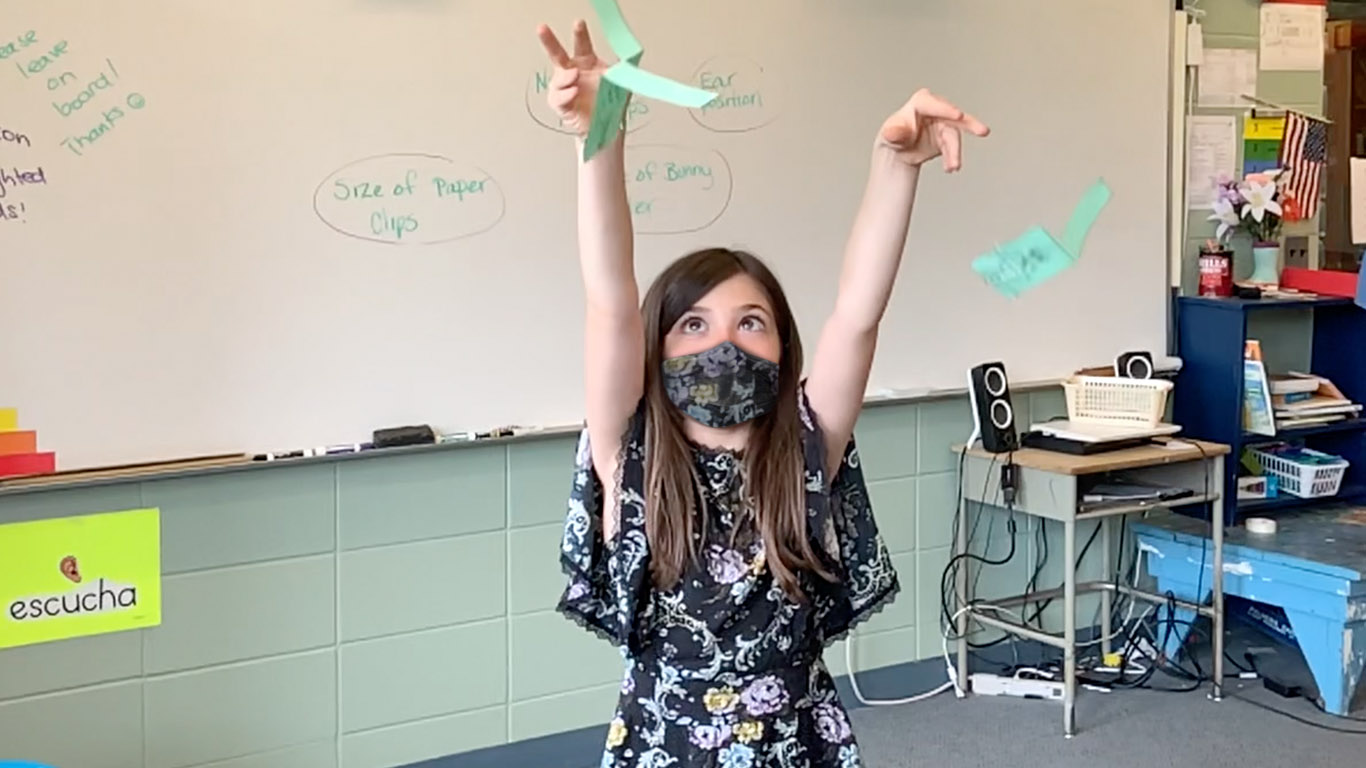The Less Stress, More Fun Approach to Better Learning
Safe, fun activities that nurture students and support your content standards
Written by: Jay Meadows, Exemplars, CEO

Science proves it, and you’ve seen it: Stress has a serious impact on how students learn. Research demonstrates that when stress hormones like adrenaline and cortisol are present in our bloodstream, our brain literally can’t develop new memories. Not only does this prevent the growth of new dendrites, eliminating the opportunity to grow new neural networks, it can even lead to the atrophy of the networks we’ve already formed.
Your intuition and experience may bear these findings out. In the past two years, our students have been under enormous stress and subsequently, their brains may be less developed than they have in the past. No wonder so many of them are struggling in the classroom now.
Thankfully, there’s a lot that we can do proactively to improve students' state of mind, creating conditions that let them learn successfully again.
That can happen when we…
Step 1: Make our schools and our classrooms a safe place by promoting positive and nurturing relationships, between adults and students and students and their peers.
Step 2: Have some fun (without losing sight of our curriculum goals).
Step 3: Repeat. Repeat. Repeat.
And that means prioritizing safe, fun, nurturing activities in our classrooms. A great place to start is by offering students opportunities to engage in interesting questions, and to get up out of their seats and work together to find the answers.
Interesting Questions and Student Collaboration
As an example, the Exemplars Science Bunny Copters task asks students in the 3-5 grade range to determine which design of a helicopter will spin the fastest. Students then plan an experiment, create different designs for a helicopter, and drop their Bunny Copters from as high as possible. They collect data and debate their outcomes using evidence and data—and while they do, they move, they talk, and certainly they laugh, all while building real scientific inquiry skills.
Or take the math task Is Silver the Most Popular Car Color?, which asks 6th-grade students to leave the classroom, go outside, collect data, and begin to conduct evidence-based statistical arguments—a break from the ordinary that makes the mind sit up and take notice and even gives them a breath of fresh air and a little school-day sunshine.
Or consider the 4th-grade math task Cars on a Ramp, where students determine how many times farther one car rolls than another off a ramp. Using just a couple of toy cars and a piece of cardboard, teachers can easily extend this task so that students can make their own predictions, conduct their own experiments, collect their own data, and define their own mathematical relationships. Scientific method anyone? How about working with students to understand the concepts of angles and measurement of angles at the same time? Does changing the angle make the car go farther? What angle makes the car roll the farthest? There are no brakes on their learning with tasks like these, which give a green light to curiosity and fun.
Engaging and Cooperative Tasks
These are just a few ideas to get you started—and to help you create a classroom where kids can forget their stress. Exemplars has created over 800 engaging collaborative tasks for students in math and 220 stimulating hands-on inquiries in science, each of which creates rich opportunities for growth.
Activities like these create fun and safe opportunities for our students to interact with engaging, interesting questions. They get students up out of their seats and actively excited to learn. They foster the state of mind that lets learners make new connections. They prove that we can engage in our intended content standards and encourage laughter, movement, and positive peer interactions. We just need the right activities.
Exemplars has over 1,000 of them. You can try them today. Check out our free samples to use with your students.

